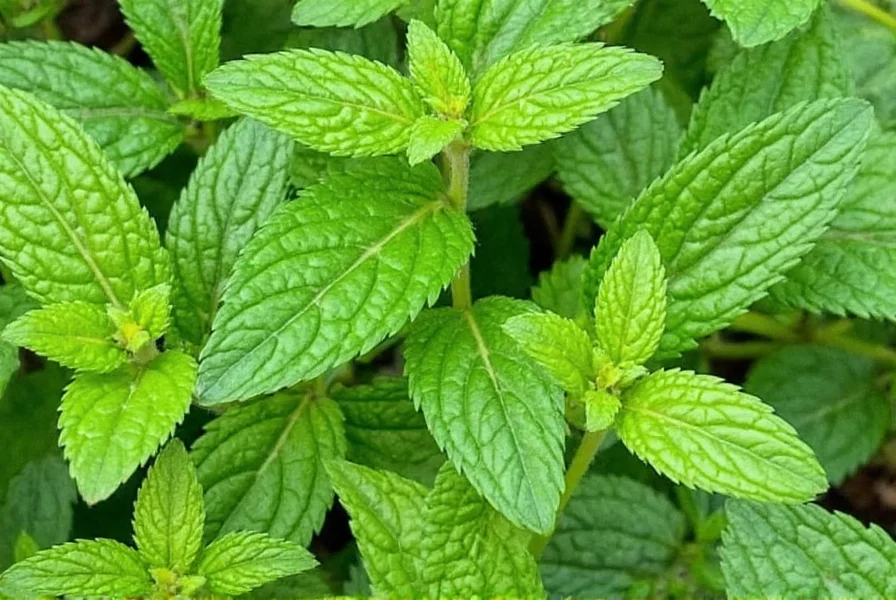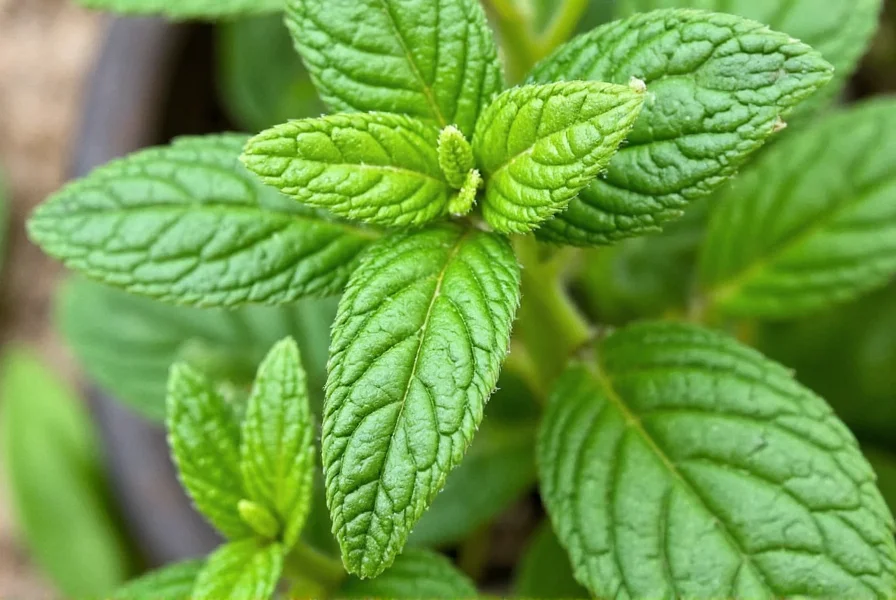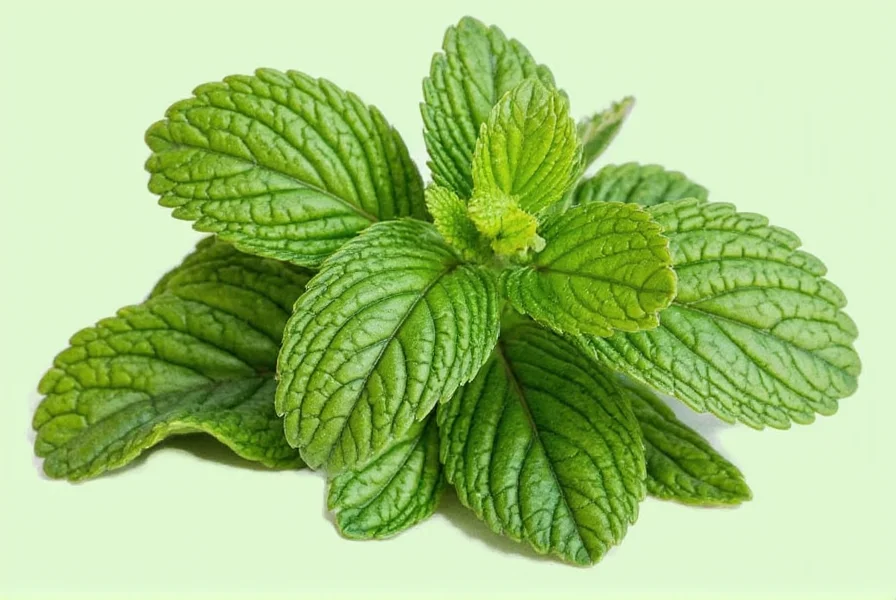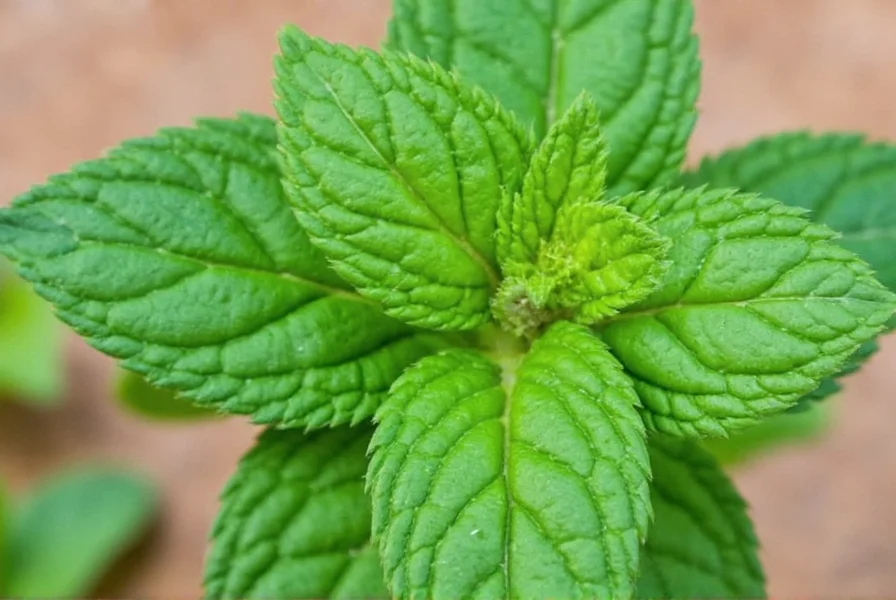Dry mint is dehydrated mint leaves that concentrate the herb's refreshing flavor for cooking and beverages. This comprehensive guide explains what dry mint is, its health benefits, how to use it in recipes, and expert tips for buying and storing. Whether you're a home cook or professional chef, dry mint can elevate your dishes with its cool, crisp taste.
Table of Contents
- What is Dry Mint?
- Benefits of Dry Mint
- How to Use Dry Mint
- Buying Guide for Dry Mint
- Practical Tips for Using Dry Mint
- Frequently Asked Questions
- Conclusion
What is Dry Mint?
Dry mint is simply fresh mint leaves that have been dehydrated to preserve their flavor and aroma. Unlike fresh mint, which is delicate and perishable, dry mint offers a more concentrated taste and extended shelf life. It's widely used in teas, herbal infusions, and as a seasoning in both sweet and savory dishes.

The most common varieties include spearmint, peppermint, and orange mint, each with distinct flavor profiles suitable for different culinary applications.
Benefits of Dry Mint
Dry mint offers multiple health and culinary advantages:
- Digestive Aid: A cup of dry mint tea after meals can soothe bloating and indigestion, as recommended by culinary experts.
- Antioxidant Properties: Rich in antioxidants, it helps combat free radicals and supports overall wellness.
- Natural Breath Freshener: Chewing dry mint leaves or using them in tea provides instant breath freshening without artificial additives.
- Headache Relief: Many users report reduced tension headaches after drinking mint tea regularly.
These benefits make dry mint a versatile addition to both your kitchen and wellness routine.
How to Use Dry Mint
Here are expert-approved ways to incorporate dry mint into your daily life:
1. Make Mint Tea for Digestive Health
Steep 1 teaspoon of dry mint in 8 oz hot water for 5-10 minutes. Add honey or lemon for enhanced flavor and digestive benefits. This is especially effective after heavy meals.

2. Enhance Savory Dishes
Add dry mint to:
- Roasted vegetables (potatoes, carrots, or zucchini) for a bright finish
- Tomato-based sauces or soups for depth of flavor
- Ground meat mixtures for kebabs or meatballs
- Grain salads like tabbouleh or couscous
3. Elevate Sweet Treats
Use dry mint in baking for subtle herbal notes:
- Chocolate desserts (brownies or cookies)
- Fruit crisps or crumbles
- Homemade ice cream or sorbet
- Yogurt parfaits with berries
Buying Guide for Dry Mint
Follow these tips to select the highest quality dry mint:
| Variety | Flavor Profile | Best Uses |
|---|---|---|
| Spearmint | Mild, sweet, and slightly citrusy | Teas, salads, desserts |
| Peppermint | Cool, sharp, and invigorating | Teas, cocktails, baked goods |
| Orange Mint | Citrusy with a hint of orange | Infusions, desserts, beverages |
When purchasing, prioritize:
- Color and Texture: Bright green leaves with no browning or brittleness
- Packaging: Airtight containers or resealable bags to preserve freshness
- Origin: Look for products from reputable spice suppliers or organic-certified brands

Practical Tips for Using Dry Mint
Maximize your dry mint experience with these expert techniques:
- Measure Carefully: Use 1/3 the amount of dry mint compared to fresh (1 tsp dry = 1 tbsp fresh) due to concentrated flavor.
- Store Properly: Keep in a cool, dark place away from heat and moisture; avoid refrigeration to prevent clumping.
- Toast for Depth: Lightly toast dry mint in a dry pan for 30 seconds to release more aromatic oils before using in recipes.
- Combine with Complementary Flavors: Pair with lemon, ginger, chocolate, or berries for complex taste profiles.
- Make Your Own: Dry fresh mint at home by hanging bundles in a well-ventilated area away from direct sunlight for 3-5 days.
Frequently Asked Questions About Dry Mint
How is dry mint different from fresh mint?
Dry mint is dehydrated fresh mint leaves, resulting in a more concentrated flavor. While fresh mint has higher water content and a brighter, more immediate flavor, dry mint has a deeper, more intense taste profile. You typically need less dry mint than fresh mint in recipes (about 1 teaspoon dry mint equals 1 tablespoon fresh mint).
How long does dry mint last when stored properly?
When stored in an airtight container away from heat, light, and moisture, dry mint can maintain its flavor and potency for 1-2 years. After this time, it won't spoil but will gradually lose its aromatic compounds and flavor intensity. For best quality, try to use within one year of purchase.
Can I substitute dry mint for fresh mint in recipes?
Yes, but with adjustments. The general rule is to use one-third the amount of dry mint compared to fresh mint (1 teaspoon dry mint = 1 tablespoon fresh mint). Since dry mint has a more concentrated flavor, start with less and adjust to taste. It works especially well in cooked dishes, teas, and recipes where fresh herbs would wilt anyway.
What health benefits does dry mint offer compared to fresh mint?
Both forms offer similar health benefits, including digestive support and antioxidant properties. The drying process concentrates certain compounds, potentially making some antioxidants more potent by volume. However, fresh mint contains higher levels of certain volatile oils. Dry mint is particularly effective for digestive teas as the hot water helps extract the beneficial compounds from the dried leaves.
How should I store dry mint to maintain its freshness?
Store dry mint in an airtight container (glass jars work well) in a cool, dark place away from heat sources and direct sunlight. Avoid storing it near the stove, dishwasher, or other sources of heat and moisture. Proper storage prevents the essential oils from evaporating and keeps the mint flavorful for longer. Do not store in the refrigerator as moisture can cause clumping and mold.
Can I make my own dry mint at home?
Absolutely! Harvest mint in the morning after the dew has dried but before the sun gets too hot. Bundle small bunches together and hang them upside down in a warm, dry, well-ventilated area away from direct sunlight. Alternatively, spread leaves on a baking sheet and dry in the oven at the lowest temperature setting (around 170°F/75°C) with the door slightly ajar. Once fully dry and crumbly, store in an airtight container.
Is dry mint safe for daily consumption?
Yes, dry mint is generally safe for daily use in culinary amounts. However, individuals with acid reflux or GERD should consume it in moderation as mint can relax the lower esophageal sphincter. Consult a healthcare provider if you have specific health concerns.
Conclusion
Dry mint is a versatile and flavorful herb that can add a refreshing twist to your cooking. From teas to desserts, it has a wide range of uses that make it a must-have in any kitchen. By understanding how to use and store it properly, you can unlock its full potential and enjoy its many benefits.
So next time you're looking for a way to give your dish a cool, crisp edge, reach for dry mint. It might just become your new favorite spice.

Whether you're a professional chef or a home cook, dry mint is a great addition to your spice collection. Its versatility and refreshing flavor make it a valuable tool in the kitchen. So go ahead—experiment, enjoy, and let dry mint bring a little coolness to your meals!











 浙公网安备
33010002000092号
浙公网安备
33010002000092号 浙B2-20120091-4
浙B2-20120091-4